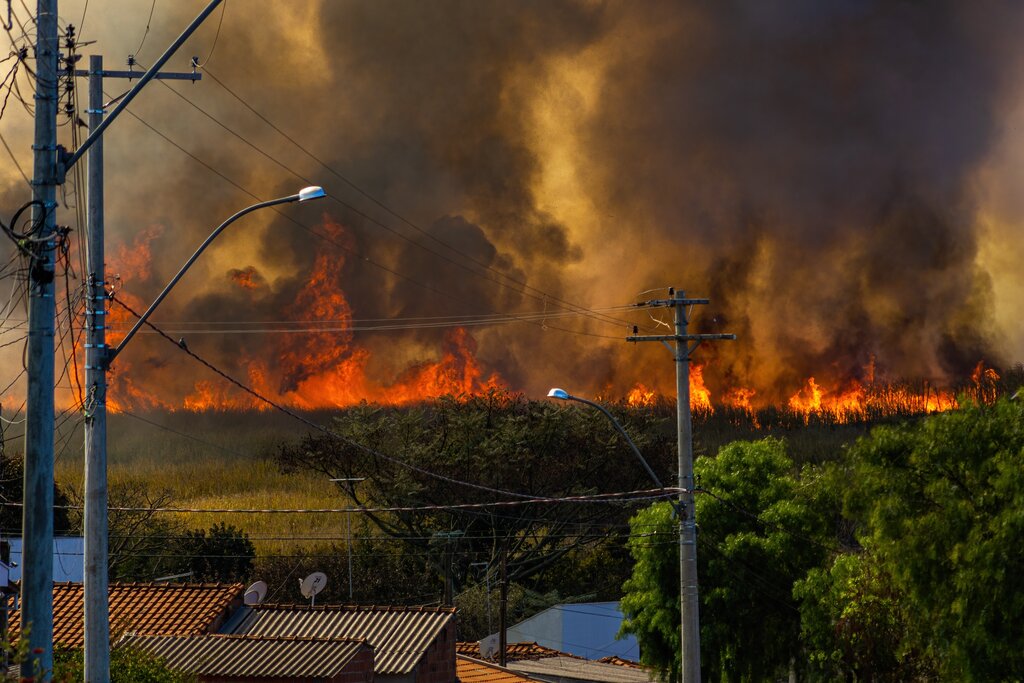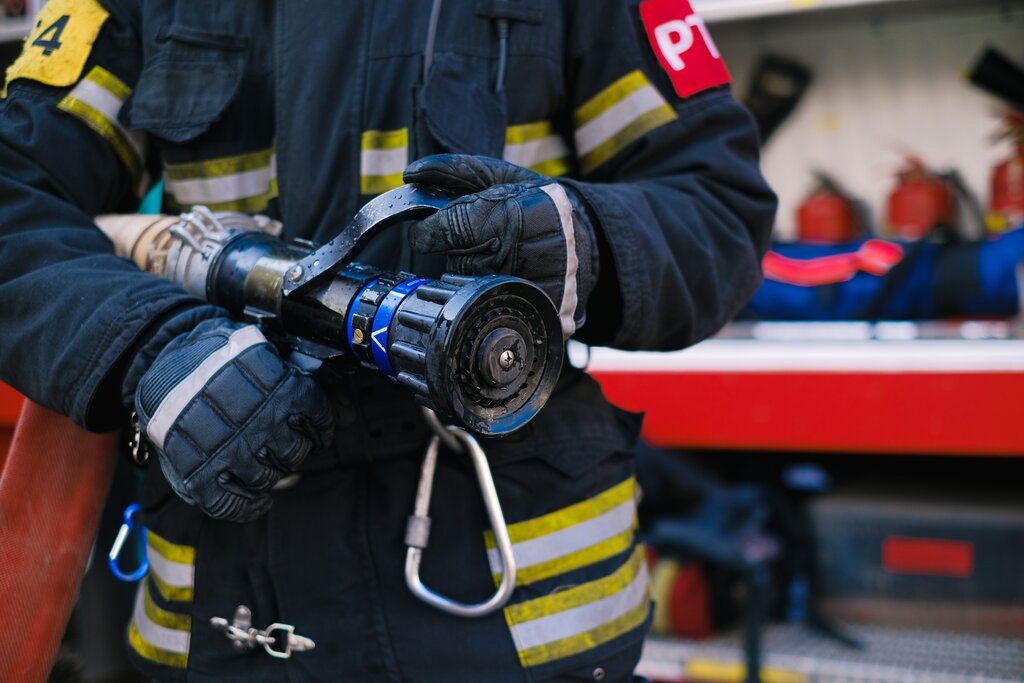Do You Know How Fast a Wildfire Can Spread?
A wildfire is highly unpredictable and a situation can change very rapidly. They can spread at rates of about 15 miles per hour when whipped up by winds. And that spread rate can continue for as long as fuel remains available.
2016: A Record Year
Last year, wildfires in the United States burned more than 9.4 million acres, making it the costliest and one of the most destructive wildfire seasons in American history. That’s according to the Insurance Institute for Business and Home Safety (IBHS).
And it’s part of a disturbing trend. According to the U.S. Forest Service, the rapidly increasing cost of fighting wildfires is causing the agency to literally burn through its budget:

U.S. Forest Service Image
At the Fire Sciences Laboratory in Missoula, Montana, IBHS researchers are studying the relation between wildland fire rate of spread and wind speed. The research team’s current model utilizes mean wind speed to predict whether a fire will grow, what direction it will take, and how fast it will spread.
The following IBHS video clip demonstrates the speed with which wildfire embers can consume a home:
By collecting this data, the IBHS research team hopes to ultimately help firefighters manage wildfires more effectively.
A Life of Its Own
Fires need a trifecta of fuel, oxygen and heat in order to burn. Remove one of these ingredients, and you can stop the fire.
But a wildfire quickly takes on a life of its own. And it’s not just external weather and winds that cause fires to gain momentum.
Did you know that wildfires produce their own wind? These so-called “indrafts” can gust up to 56 miles per hour and can often overpower any large-scale winds that come from the outside.
The indrafts are caused by the hot air rising and cooler air rushing in to take its place. The result is a wildfire that moves in unexpected directions and with unexpected intensity.
The Dreaded Fire Tornado
The most spectacular result of a wildfire indraft is a fire tornado (also called a “firenado or “fire whirl”).
This occurs when the indrafts become so powerful that they generate whirlwinds where the fire burns skywards throwing flames and burning debris up into the air.
A fire tornado is an indication of the strongest type of wildfire. Indrafts and fire whirls then create a self-sustaining process, where the fire supplies itself with more oxygen for burning. As long as fuel is available and it stays hot, the fire will continue to burn.
So the number-one priority when fighting this type of wildfire is to remove its fuel.
Back to the IBHS
Which is why Dr. Steve Quarles and other IBHS scientists are studying the characteristics of embers from different fuel sources (both vegetative and structural) and their ability to ignite all combustible materials on a property.
The IBHS analysis is a collaborative effort between researchers at UNC Charlotte, University of Maryland, University of Texas Austin, and USDA Forest Service. It’s funded by the Joint Fire Science Program, a federal research program designed to help wildfire policymakers, fire managers, and other practitioners make sound decisions.
The new IBHS wildfire tests are still in the early research phase, so stay tuned.
Assess Your Risk
In the meantime, you can determine how vulnerable your home and property are to wildfire damage.
To this end, the IBHS has prepared a Wildfire Home Assessment & Checklist that can help you assess your risk. The tool includes cost estimations to assist you in prioritizing projects that require immediate attention, and planning your home improvement budget (such as installing interior and exterior sprinklers).
Sources:
Featured Image: Bureau of Land Management Photo, Public Domain





